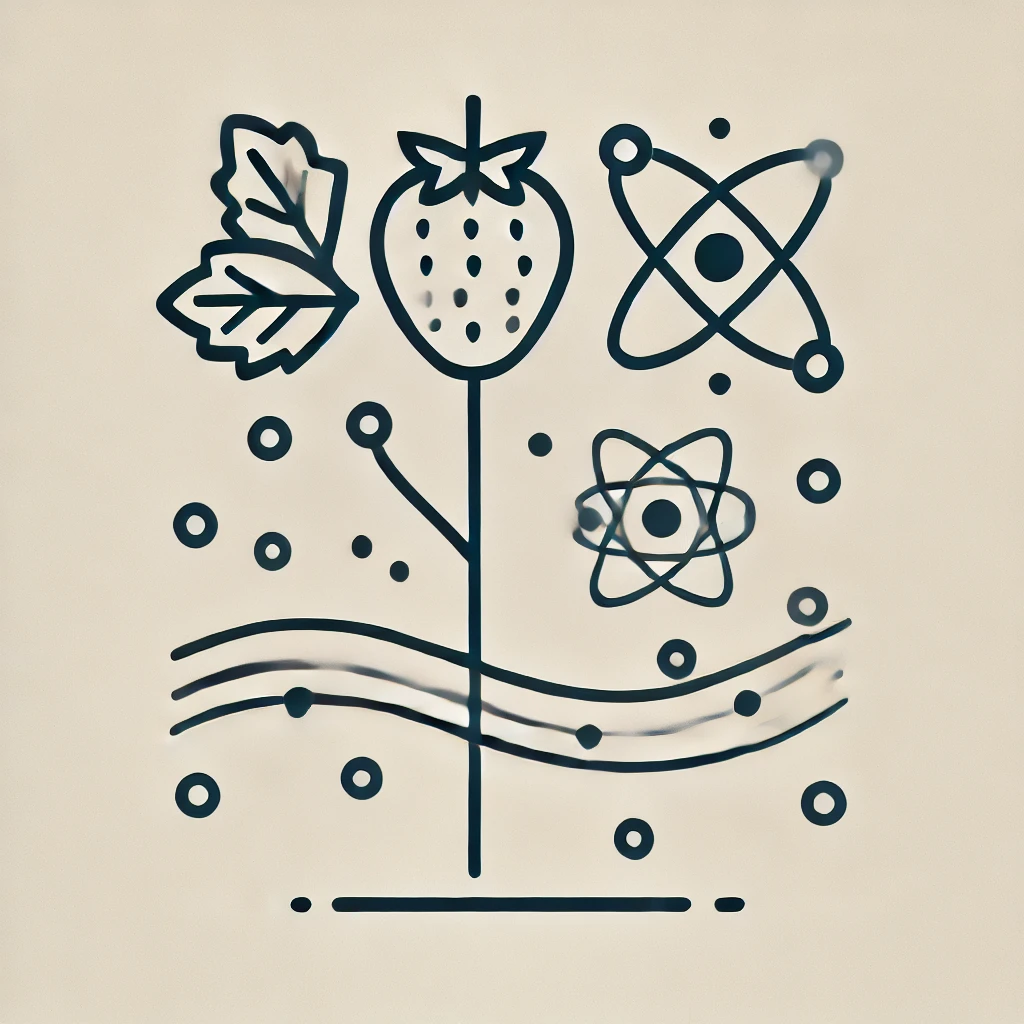Graph Neural Networks in Time-Series (multi-variates)
TL;DR
Graph Neural Networks is yet too early for the practical end-to-end time-series solution. However, GNN offer a distinctive approach to modeling plant growth by understanding the intricate network of environmental interactions, even with limited data. While complex, they provide critical insights that can help optimize farming environments, driving sustainable and efficient practices. Despite challenges like data complexity and overfitting risks, their potential in agriculture is immense.
Embracing Graph Neural Networks to Understand Plant Growth Dynamics
Sharing some thoughts on a topic: using Graph Neural Networks (GNNs) to model and forecast plant growth. This isn’t just theory—it’s something I have been actively exploring, where I am on a mission to transform how we understand and optimize farm environments.
Why GNNs for Plant Growth?
First off, let’s set the stage. Plants are incredibly complex living organisms that interact in fascinating ways with their environment. They respond to everything from sunlight and temperature to soil nutrients and water levels. The challenge—and opportunity—lies in understanding these interactions to simulate and optimize farm conditions for the best growth outcomes.
GNNs come into play because they offer a unique way to model these intricate relationships. Unlike traditional machine learning models that might look at data points independently, GNNs view data as a network of connected nodes (plants-related features, in my case) and edges (the interactions between them). This makes them perfect for capturing the essence of how plants grow and respond to their surroundings.
Small but Mighty: The Case for GNNs with Limited Data
At first glance, you might think you need massive datasets to use GNNs effectively. But that’s not always the case, especially in agriculture where data can be sparse. Even with smaller datasets, GNNs can be incredibly useful if there’s a strong graph structure underlying the data.
Let’s say you have a small farm. By collecting data on environmental factors and plant characteristics, you can build a graph where each plant is a node. The connections between nodes represent factors like proximity or shared resources, capturing the complex web of interactions by reflecting knowledge from plants science..
With this graph in hand, GNNs can help us simulate how plants will respond to changes in the environment. They’re adept at modeling non-linear dynamics, which means they can predict outcomes that might not be obvious, like how a change in one area could ripple across the entire plot.
Benefits for Real-World Farming
The real magic happens when we apply GNN insights to real-world farming. Imagine being able to predict not only when plants will reach certain growth stages but also how tweaks to environmental conditions could optimize their growth. That’s the dream!
For farmers, this means better management of resources like water and fertilizers—only applying what’s needed, where it’s needed. It also enables fine-tuning practices to increase yields while minimizing environmental impact. Essentially, GNNs can guide us toward more sustainable and efficient farming.
Challenges and Considerations
Of course, it’s not all smooth sailing. One of the biggest challenges with GNNs is their complexity. Training these models can be resource-intensive, which might be daunting for smaller operations. Plus, there’s the risk of overfitting, especially with limited data, where the model learns specific patterns that don’t generalize well.
To mitigate these challenges, it’s crucial to use techniques like data augmentation or simulation to reinforce the dataset. Building hybrid models that combine the strengths of GNNs with simpler, more interpretable methods can also be powerful, giving us the best of both worlds.
Looking Ahead: The Future of GNNs in Agriculture
As someone who’s both excited and realistic about tech in agri-tech, I believe GNNs have a promising role to play in the future. They’ll likely become even more effective as research advances, addressing current limitations and improving their ease of use.
In closing, GNNs aren’t a silver bullet (to be a tool as plug-in and RUN), but they have a great potential. As we continue to refine and apply them, the possibilities seem as vast as the fields we aim to improve. If you’re interested in diving deeper or swapping ideas, I’d love to hear from you. Let’s cultivate the future of farming together!
